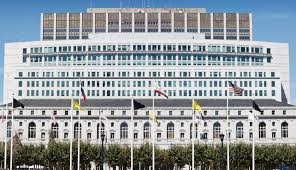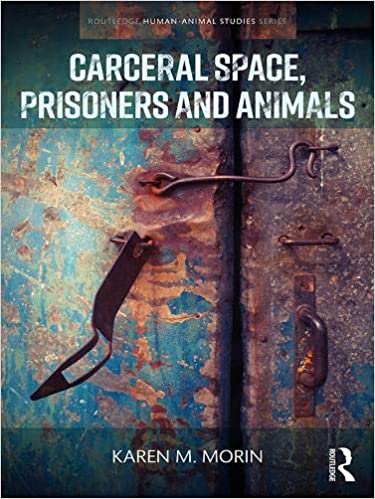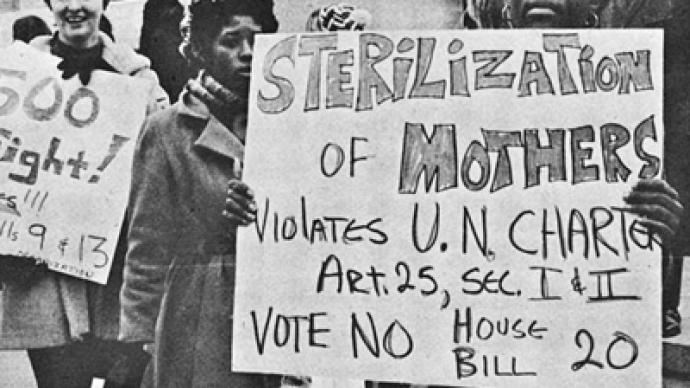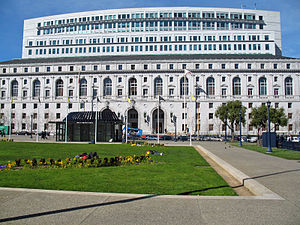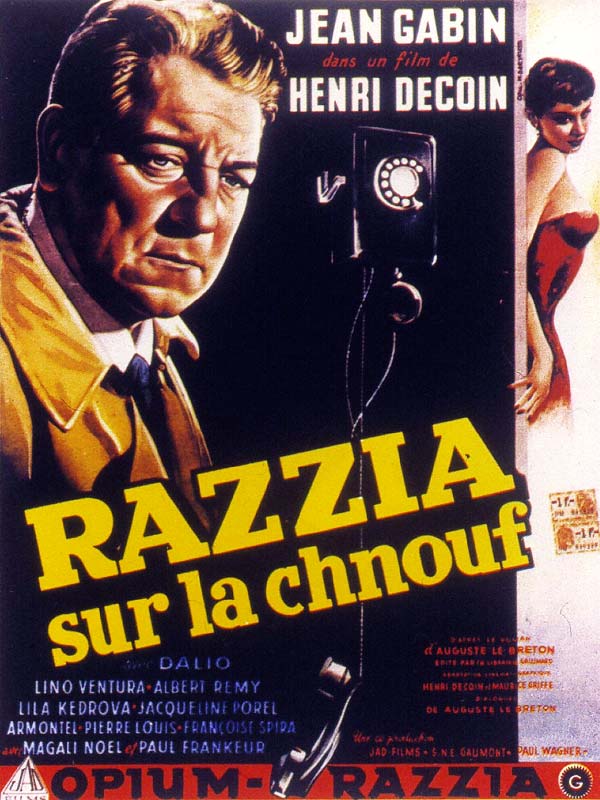Today, the First District Appellate Court team representing Von Staich filed a response to the Attorney General’s petition to the California Supreme Court to review the case. Here is the brief in its entirety; my summary follows.
S265173 Von Staich PFR Answer by hadaraviram on Scribd
In essence, the argument is this: The importance of this case does not lie in some complicated, novel legal question that requires judicial review (such as in the case of contradictory decisions from lower courts): it lies in the fact that it provided a much-needed, urgent remedy for a horrific unfolding situation. The Court of Appeal’s decision was not extreme; rather, it was a measured, mild order, which leaves CDCR vast freedom to achieve population reductions at San Quentin in whatever way they see fit. The AG’s request to review the case does not offer any legal grounds to do so: they continue to argue that they did their best (without providing any expert opinion/authority supporting this claim) and that they are not bound by the findings of the AMEND team (without providing any alternative findings.)
If anything, this assertion is rather generous on the part of Von Staich’s legal team: we now know from two Inspector General reports (1, 2) that even the “commendable” measures that CDCR claimed to have taken (and was given credit for taking in the Court of Appeal decision) were not, in fact, taken in a satisfactory way.
Most importantly, the response highlights what is important about proceeding with the Court of Appeal’s remedy: the upcoming winter, which threatens a serious pandemic wave that could decimate what’s left of San Quentin unless CDCR comply with the order. More on this below.
Von Staich’s attorneys also filed a brief pertaining to the Attorney General’s request to deep-freeze the 311 San Quentin cases hanging before the Marin Superior Court. Here’s the request in its entirety; my summary follows.
Von Staich’s team argues that staying the proceedings in cases of people who are facing illness and death from a second wave is “precisely the wrong response at this time of crisis.” That the AG’s office’s reaction to the order–rather than hustling to save lives–was not only to appeal in Von Staich, but to ask for a stay in all the other cases, is emblematic of their breathtakingly obtuse approach to the crisis itself. At every juncture in these cases, the government has done the wrong thing: caused the outbreaks in the first place, failed miserably at taking any remedial steps, adopted the wrong administrative response, prioritized the wrong people to be released, went for short-term measures that cause outbreaks in jails and other facilities, and–which was notable in both cases–explicitly and repeatedly said that “there is no need to act hastily.” At the oral argument in Von Staich, Justice Kline responded to this with, “yes, there is. Yes, there is. There is a need to act hastily.” The measures he ordered CDCR to adopt are mild, flexible, and give them just enough rope to continue doing the wrong things (more on that in a future post.) I very much hope that the Supreme Court agrees with these response briefs that, in the face of a winter wave of COVID-19 and dire warnings for California as a whole, acting promptly (though, to our collective tragedy, far from preemptively) is exactly what we should do.
In the off-chance that anyone reading this still does not comprehend why, going into the winter holidays, urgent population reductions should be top priority not only at San Quentin, but in all CDCR facilities, here are some sobering facts. As of today, there are huge outbreaks in seven CDCR facilities:
CAL (171 new cases)
CEN (50 new cases)
CTF (303 new cases)
HDSP (649 new cases)
PVSP (319 new cases)
SATF (523 new cases + the prison’s first COVID-19 death)
VSP (155 new cases)
There are also new outbreaks in ten other facilities:
CCC (12 new cases)
COR (32 new cases)
LAC (6 new cases)
SOL (12 new cases)
CHCF (9 new cases)
DVI (3 new cases)
KVSP (16 new cases)
MCSP (3 new cases)
NKSP (7 new cases)
PBSP (6 new cases)
CDCR now “boasts” 2436 new cases per 100,000–ten times worse than the CA rate of 345 per 100,000 that has all of us hurtling toward the purple tier. The spikes in prison infections correlate with spikes in surrounding counties. We are all (sensibly) being asked to mask up, put our holiday travel plans on hold, and cook mini-feasts for our nuclear families. All of this effort and sacrifices are worthless if we continue to incubate this virus in prison. You and yours are far more at risk from aging, infirm people sitting in one of CDCR’s COVID-19 Petri dishes than you are at risk from them in the community (people age out of crime in their late 20s, and the folks most at risk from COVID are less at risk of reoffending than people on the outside.)
CDCR’s hemming and hawing about doing the right thing is not just callous disregard for the lives of people behind bars, but also for your life and mine.

